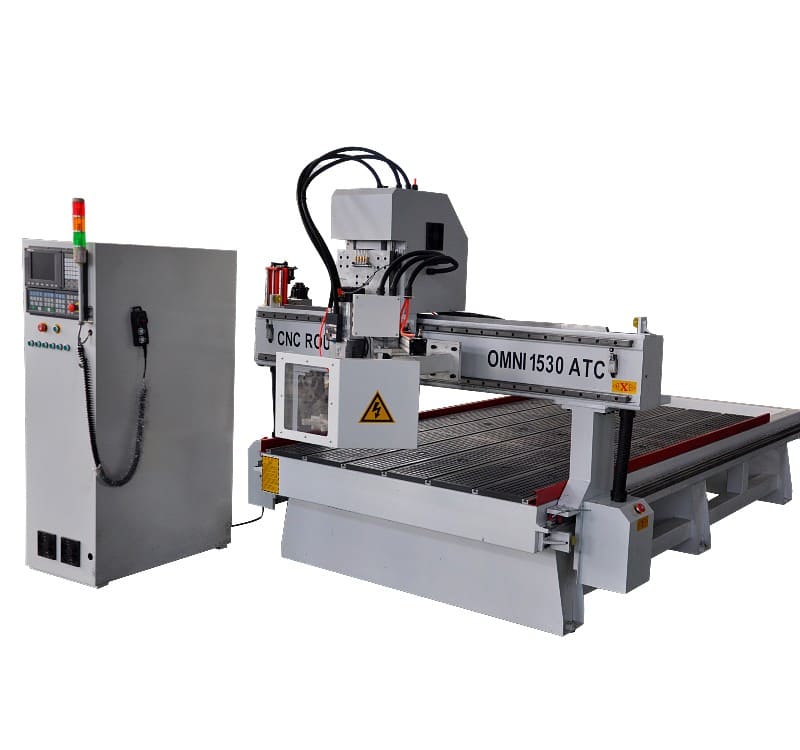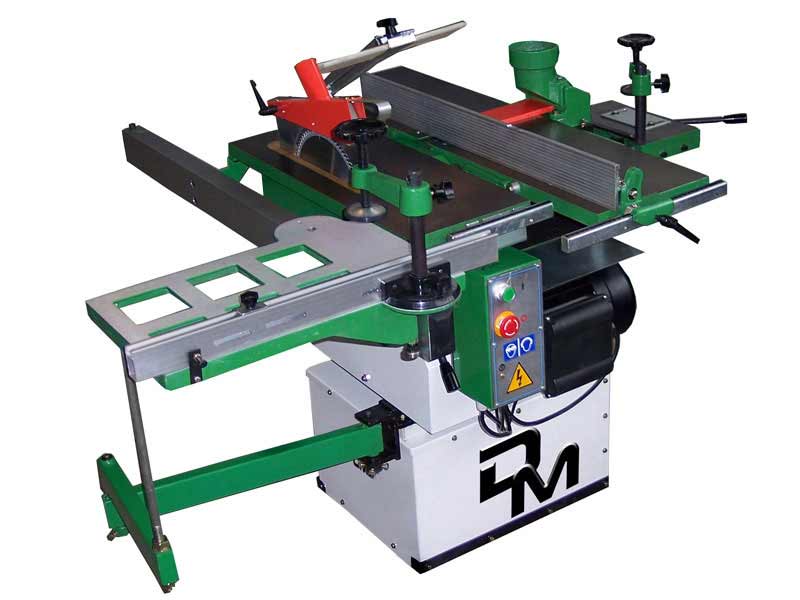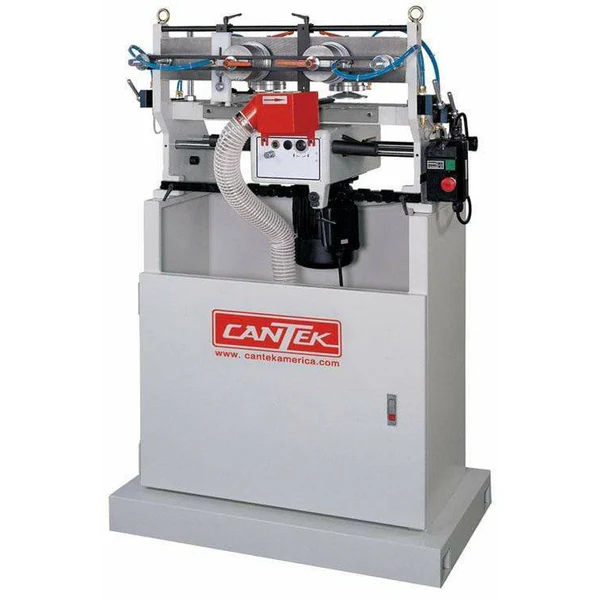Table saws are indispensable hardware tools in the realm of woodworking, known for their ability to deliver precise cuts in various materials. These versatile machines are primarily used for two types of cuts: ripping and crosscutting. Ripping involves cutting along the grain of the wood, while crosscutting refers to cutting across the grain. This flexibility makes table saws suitable for a wide range of projects, from cabinetry to furniture making. At the heart of a table saw's functionality is its blade, which can be adjusted for both height and angle. The height adjustment allows the operator to set the blade to the required depth for the cut, whether it’s a shallow score or a deeper cut through thick stock. The angle adjustment is particularly useful for making bevel cuts, which are essential in creating joints or decorative edges. To ensure accuracy and safety, the table saw is equipped with a guide known as the fence. This component is crucial for maintaining a straight, parallel cut. The fence can be adjusted to various widths, allowing woodworkers to work with different board sizes and ensure uniformity across multiple pieces. Many models also feature a miter gauge, which aids in making angled cuts, adding further versatility to the tool. The operation of a table saw requires careful technique. Once the blade is set and the fence is adjusted, the operator pushes the stock—essentially the piece of wood—into the blade. This action must be performed with precision, as the blade can pose significant risks if not handled correctly. It’s vital to use push sticks or other aids to keep hands at a safe distance from the blade while guiding the material through the cut. Safety features are paramount when working with table saws. Most modern saws come equipped with blade guards, riving knives, and anti-kickback pawls to help prevent accidents. Blade guards shield the operator from accidental contact with the spinning blade, while riving knives help prevent the kerf from closing on the blade, which can cause kickback—a dangerous situation where the wood suddenly jerks back towards the operator. In addition to their practical uses, table saws are also valuable for increasing productivity.
They allow woodworkers to make clean, accurate cuts quickly, significantly reducing the time spent on each project. This efficiency is especially beneficial in commercial settings, where time is often of the essence. Moreover, table saws come in various models, from compact versions suitable for hobbyists to heavy-duty industrial models designed for high-volume use. Some advanced table saws even feature digital readouts for blade height and angle, as well as built-in dust collection systems to maintain a clean workspace. Overall, the table saw stands out as a foundational hardware tool in woodworking. Its combination of precision, versatility, and efficiency makes it essential for both amateur enthusiasts and seasoned professionals alike. Understanding its operation and safety features is critical to maximizing its potential while minimizing risks, ensuring that every cut contributes to the overall quality of the finished project. Whether you’re building furniture, crafting intricate joinery, or tackling renovation projects, the table saw is an invaluable ally in achieving your woodworking goals.
 teknowfeed
teknowfeed


